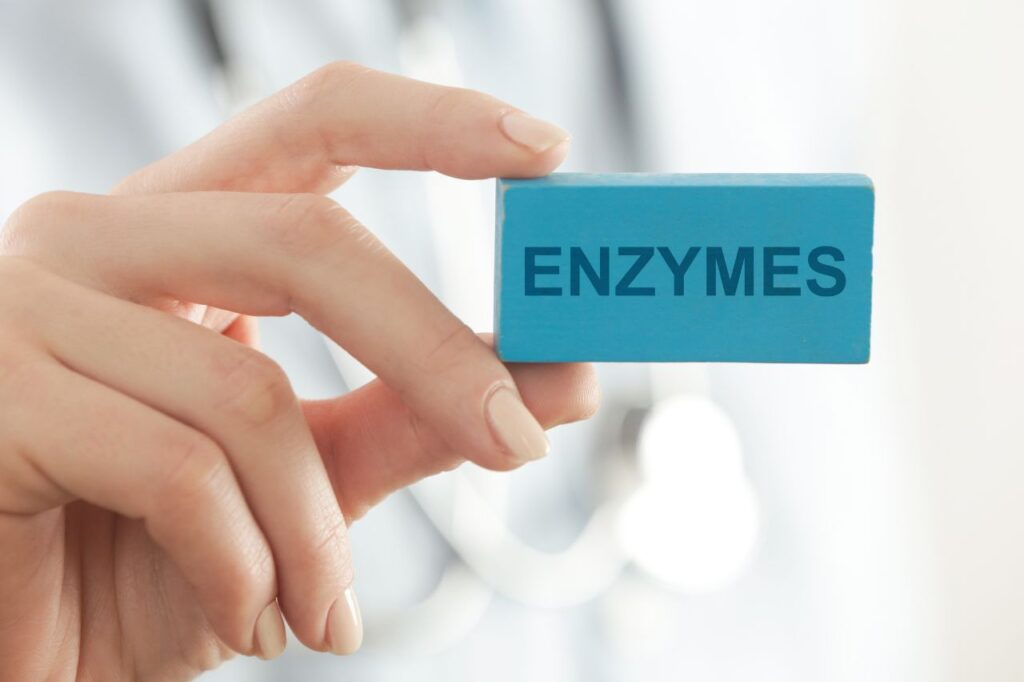Septic Tank Additives Overview
Septic tank additives marketed to consumers as cleaners, degraders, decomposers, deodorizers, organic digesters, or enhancers do not offer significant benefits and can even interfere with wastewater treatment processes. Such products are not recommended due to the presence of bacteria, enzymes, yeasts, and other microorganisms that help the breakdown of materials in the septic tank. The most common on-site wastewater system used in the US is a septic tank/soil absorption field system which is relatively low cost and requires minimal care and attention.
A septic tank is a necessary component of many households that cannot connect to a municipal sewer system. Its primary function is to separate liquids and solids from wastewater. Oils, grease, and settleable solids get trapped in the tank, while partially clarified effluent flows out for further treatment in a soil absorption field. Septic tanks typically require pumping every 1-7 years due to the accumulation of sludge and scum. Additionally, anaerobic bacteria within the environment break down organic matter into soluble compounds and gases such as H2, CO2, NH3, H2S, and CH4. This process reduces sludge volume especially in warmer climates.
Looking for an easy way to maintain your septic system’s health?
Get to know the 3 major types of septic tank additives:
Inorganic Compounds
Inorganic compounds, like sulfuric acid and lye, are often used to unclog drains as they have an ability to dissolve clogs. However, these compounds can be harmful in that they affect the biological decomposition process within a septic system and can even damage pipes or other parts of the treatment system. It was once thought that hydrogen peroxide could be used to recondition infiltration fields; however, it has been found to actually degrade the soil structure which would reduce its long-term effectiveness. Because of this, its usage has been discontinued as a recommended way to unclog failed fields.
Organic Solvents
Organic solvents, such as methylene chloride and trichloroethylene, are chemical compounds that are often used as degreasers because of their ability to break down oils and grease. Unfortunately, organic solvents also pose a major risk to groundwater and wastewater treatment systems. These solvents can kill microorganisms that are required for effective decomposition in the water treatment systems. As a result, the use of products with organic solvents is prohibited in many states. If these products are illegally introduced into an onsite system located in a state where they’re banned, it could lead to legal consequences if the ground water becomes contaminated.
Biological Additives
Biological additives such as bacteria and extracellular enzymes, when mixed with surfactants or nutrient solutions, are known to have a similar impact on biological decomposition processes in septic tanks but without significant enhancement. Studies have shown that these additives can help break down septic tank sludge and scum. However, there is no proof yet that the minor benefit brought about by these biological additives does not harm the long-term integrity of the infiltration system. In fact, some studies indicated that the materials broken down by these additives could increase the amount of BOD, TSS, and other contaminants found in septic tank effluent.
Other Products
Other products such as formaldehyde, paraformaldehyde, quaternary ammonia, and zinc sulfate are sometimes advertised to control septic odors by killing bacteria. However, these products are counterproductive; they run counter to the purpose of a septic tank – which is to promote anaerobic bacterial growth. If there is an odor coming from the septic system, it should be investigated to find the source – as this could be a sign that sewage is surfacing, or a line has ruptured elsewhere in the system.
In addition to providing biological products to protect your septic system, there are other types of products that are used to help manage wastewater. These other products help remove excess phosphorus from wastewater, which is a common source of eutrophication in lakes and streams. Common phosphorus removal agents include aluminum compounds (such as alum, sodium aluminate, aluminum chloride, and activated alumna), ferric iron (as ferric chloride and ferric sulfate), ferrous iron (as ferrous sulfate and ferrous chloride) and calcium (as lime). While these treatments are effective for removing phosphorus from effluent, they can also destroy the microbial population contained in the septic tank due to changes in pH.
Besides baking soda, other products such as flocculants are sold as a way to reduce the number of suspended solids in septic tank effluence. Flocculation and settling would ideally lead to cleaner water discharges being sent out into the subsurface wastewater infiltration system. Despite this theory, there is still not any concrete evidence that it has had any real positive impacts.

